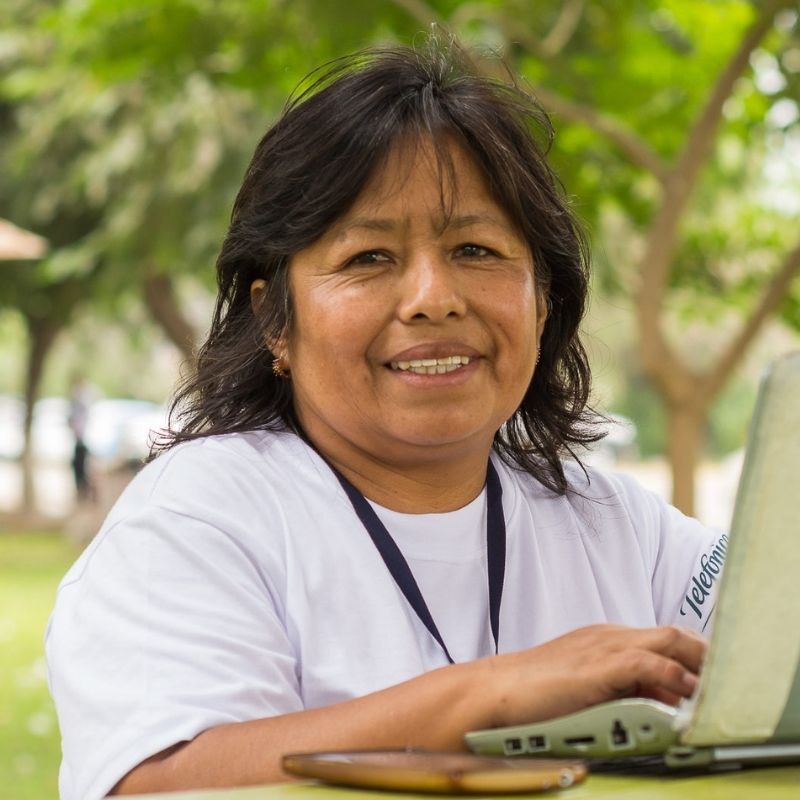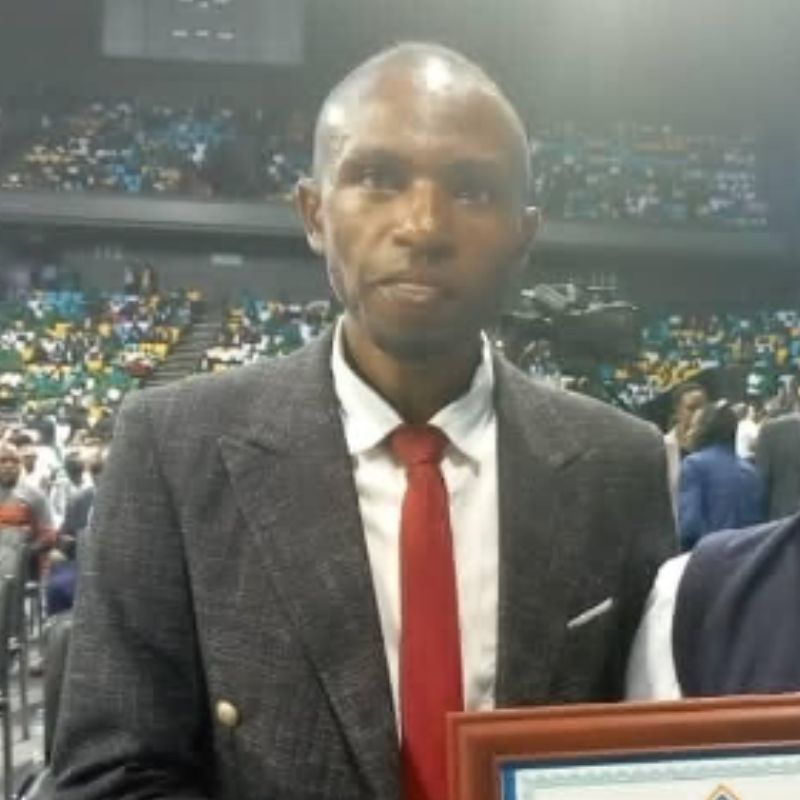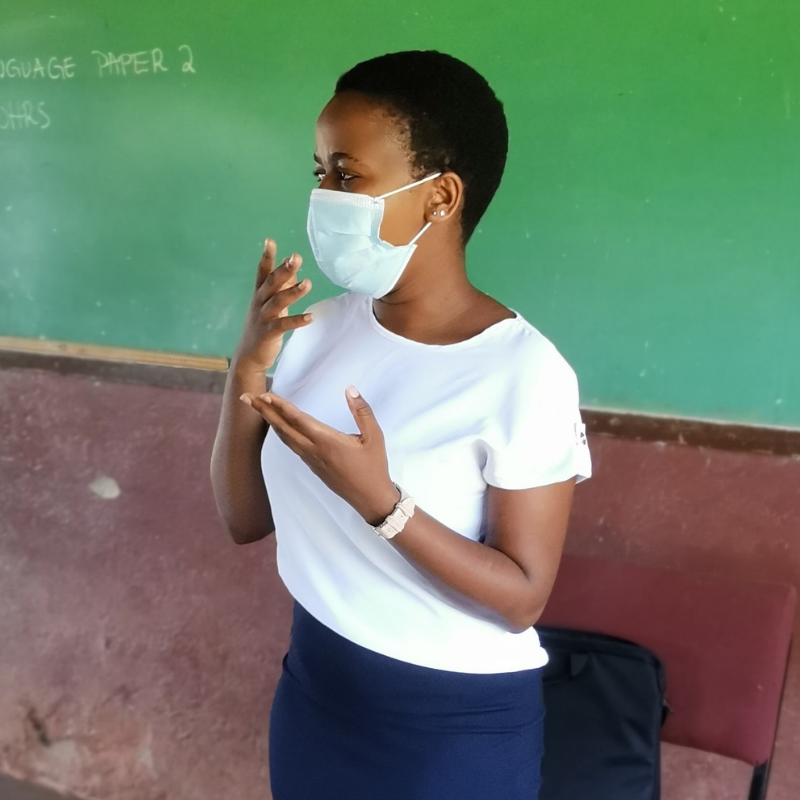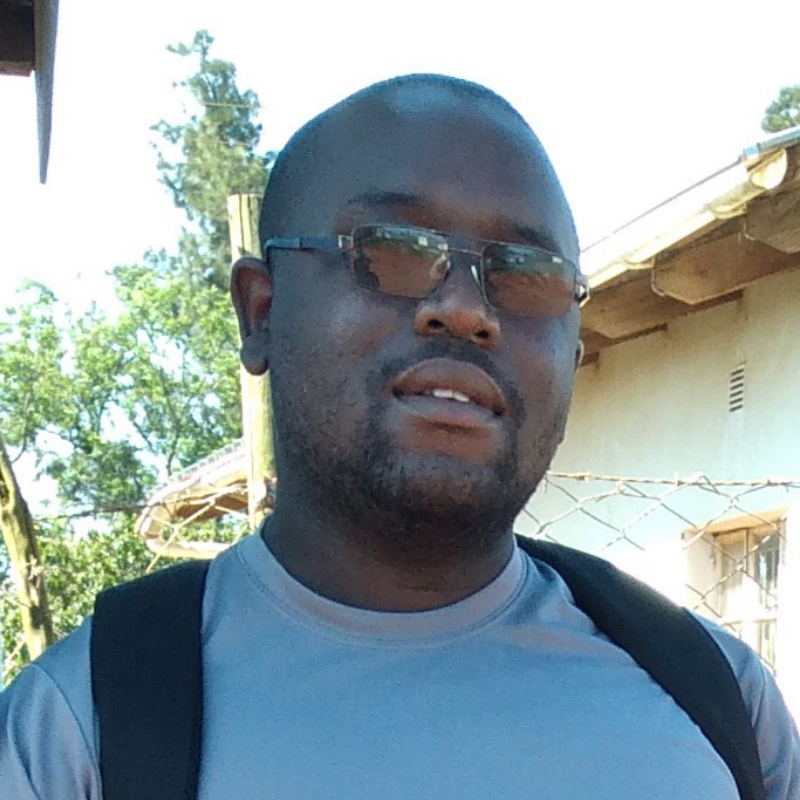Teacher and educational coach in Peru.
Share
“As teachers, we have realised how important it is that we get out of our comfort zone. To move from a routine activity to a more playful and innovative one in which students can be the protagonists of their own learning.”
Elizabeth is a teacher at the Victor Raul Haya de la Torre School in Peru and an educational coach at ProFuturo. When she arrived at her school, she was asked to take part in the challenge of introducing educational innovation into the classroom. Since then, this has been her motivation: to investigate, explore and take on the use of technologies.
“It wasn’t easy for me. When I worked in another school, I didn’t even know how to turn on a projector. I needed another teacher to help me. But when I came here, I had to force myself to learn,” confesses Elizabeth. Currently, as well as using technology to teach her students, she trains other teachers in technology skills so that they can apply digital education in their classrooms.
One problem, one solution
“What motivated us teachers to change our strategies and use technological tools in our teaching and learning process?”, asks Elizabeth.
When the country’s secondary schools began to be evaluated on a national level in 2015, the reports set off alarm bells for this teacher. They highlighted the poor results, well below the expected achievement in one subject in particular: maths.
Elizabeth was aware of how difficult it is to get students to have enthusiasm for the subject of maths. It is an established fact: maths is boring for children. So, how can students be motivated to learn something that is apparently tedious to them? Through gamification.
Gamification in the classroom
It is no coincidence that in recent years projects have appeared which attempt to solve the problem of learning certain subjects. Some initiatives stand out, such as Khan Academy and Chimple, which aim to teach using new methodologies.
The Oráculo Matemágico is one of them: an innovative way of teaching maths through games. Thus, gamification and new technologies became the two allies of this Peruvian teacher to improve the academic performance of more than 1,200 students at her school.
Oráculo Matemágico
Oráculo Matemágico is an educational project developed by the Telefónica Foundation in collaboration with the Pontifical Catholic University of Peru. The result is an application designed for students between 10 and 14 years of age to learn mathematics through playing.
Thus, gamification becomes the medium of the learning process, turning it into an attractive, dynamic and exciting adventure. With more than 900 exercises, the student must solve the problems to gain magical powers and skills that will help them advance through the game.
Teachers have the opportunity to introduce Mobile Learning and Game-based Learning, putting the principles of these innovative methodologies that promote active, digital and sustainable learning into practice.
“As teachers, we have realised how important it is that we get out of our comfort zone, which turns a routine activity to a more playful and innovative one in which students can be the protagonists of their own learning,” confirms Elizabeth. It has been two years since the Oráculo Matemágico arrived to the classrooms of this school in Peru. Elizabeth is sure: technology is the future of education.








